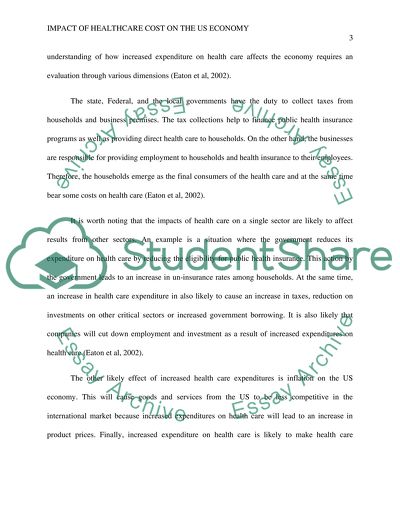Cite this document
(Impact of Cost of Health Care on the US Economy Assignment, n.d.)
Impact of Cost of Health Care on the US Economy Assignment. Retrieved from https://studentshare.org/macro-microeconomics/1492006-healthcare-costs
Impact of Cost of Health Care on the US Economy Assignment. Retrieved from https://studentshare.org/macro-microeconomics/1492006-healthcare-costs
(Impact of Cost of Health Care on the US Economy Assignment)
Impact of Cost of Health Care on the US Economy Assignment. https://studentshare.org/macro-microeconomics/1492006-healthcare-costs.
Impact of Cost of Health Care on the US Economy Assignment. https://studentshare.org/macro-microeconomics/1492006-healthcare-costs.
“Impact of Cost of Health Care on the US Economy Assignment”, n.d. https://studentshare.org/macro-microeconomics/1492006-healthcare-costs.


